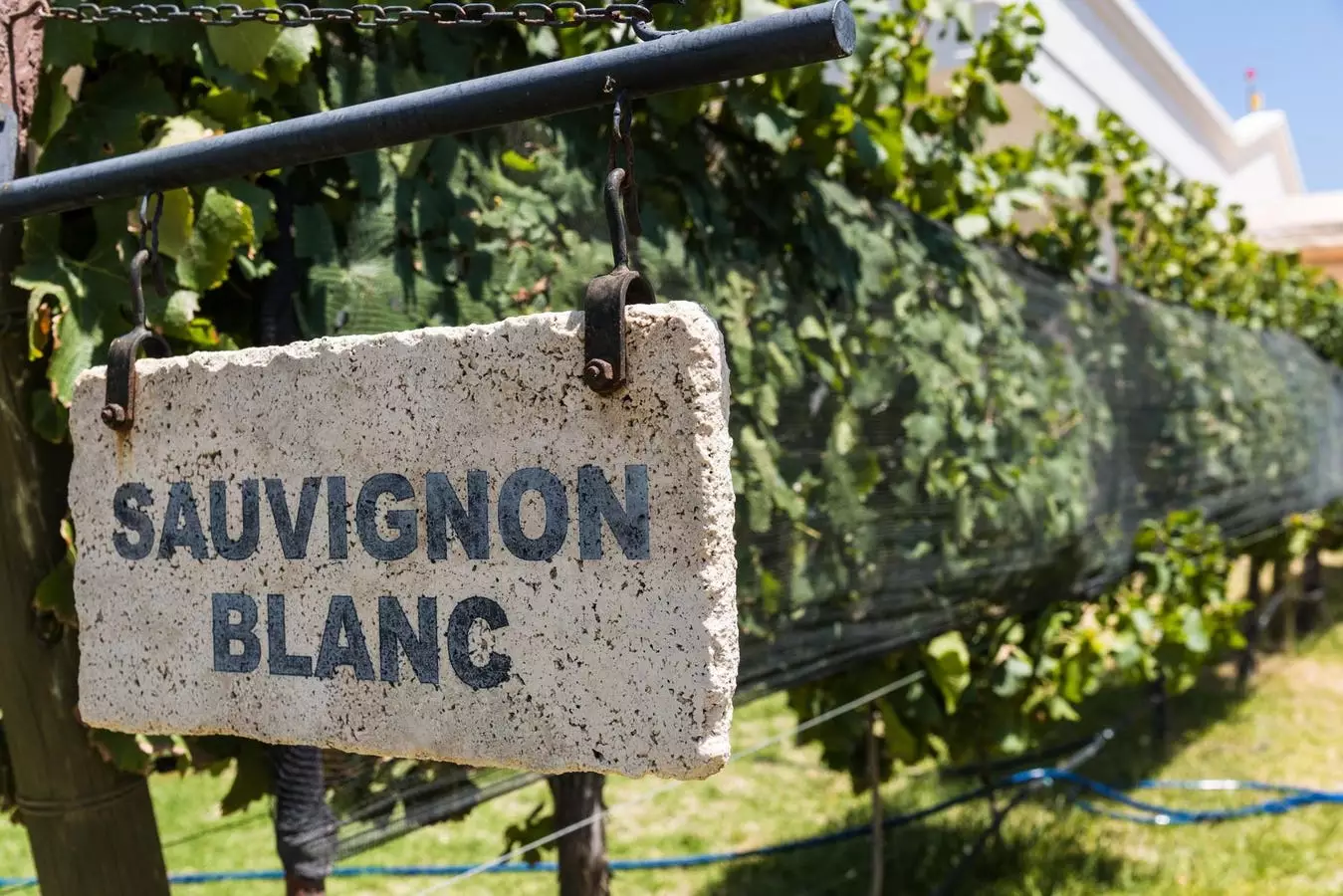Sauvignon Blanc, a beloved white wine, is renowned for its versatility in flavor profiles. With its high acidity and unique chemical compound, pyrazine, this wine can exhibit a variety of characteristics. From grassy and herbaceous notes to tropical fruit flavors like grapefruit and guava, Sauvignon Blanc never fails to bring a refreshing and vibrant experience to the palate. The terroir also plays a significant role in shaping the taste of this wine, with regions like the Loire Valley imparting a flinty and mineral-like quality. Whether aged in stainless steel or oak, Sauvignon Blanc offers a distinct taste that appeals to a wide range of wine enthusiasts.
While Sauvignon Blanc stands out for its crisp acidity and grassy undertones, it is essential to differentiate it from other popular white wines like Pinot Grigio and Chardonnay. Pinot Grigio, with its delicate peach and citrus notes, contrasts with the bolder flavors of Sauvignon Blanc. On the other hand, Chardonnay, known for its full-bodied nature and oak aging, provides a richer experience compared to the lighter Sauvignon Blanc. Each of these white grapes brings a unique set of characteristics to the table, catering to diverse preferences and occasions.
Typically crafted as a dry white wine, Sauvignon Blanc offers a crisp and refreshing profile that pairs well with a variety of dishes. While some producers may experiment with sparkling or slightly sweet versions, the majority of Sauvignon Blanc bottles present a dry and vibrant taste. However, in regions like Marlborough, New Zealand, where winemakers explore different styles, you may come across variations that offer a touch of sweetness. Additionally, Sauvignon Blanc is a key component in the production of dessert wines like Sauternes, showcasing its versatility in the wine world.
To truly appreciate the flavors and aromas of Sauvignon Blanc, it is crucial to serve it at the right temperature. Chilling the wine to around 50-55°F ensures that the acidity and fruit notes are well-balanced, providing an optimal tasting experience. Storing Sauvignon Blanc in a cool, dry place away from heat and light preserves its freshness and quality. Whether you choose to lay the bottles down horizontally or keep them upright, maintaining a consistent storage environment is key to enjoying Sauvignon Blanc at its best.
For those watching their calorie intake, understanding the nutritional content of Sauvignon Blanc can be helpful. As a dry wine, Sauvignon Blanc typically contains around 120 calories per 5-ounce serving, translating to approximately 620 calories in a standard 750ml bottle. While most dry wines have minimal carbohydrate content, a small amount of residual sugar may still be present, contributing to the overall taste profile. It’s essential to be mindful of these factors when enjoying Sauvignon Blanc as part of a balanced diet.
With its high acidity and fresh flavors, Sauvignon Blanc is a versatile wine that complements a wide range of dishes. From light seafood and salads to grilled white meats and herbs, this wine can elevate the dining experience with its vibrant and crisp character. Whether you opt for a mineral-driven Loire Valley bottle or a fruit-forward selection from Napa Valley, Sauvignon Blanc offers endless pairing possibilities. Finding the perfect match between wine and food intensity ensures a harmonious culinary journey that delights the senses.

